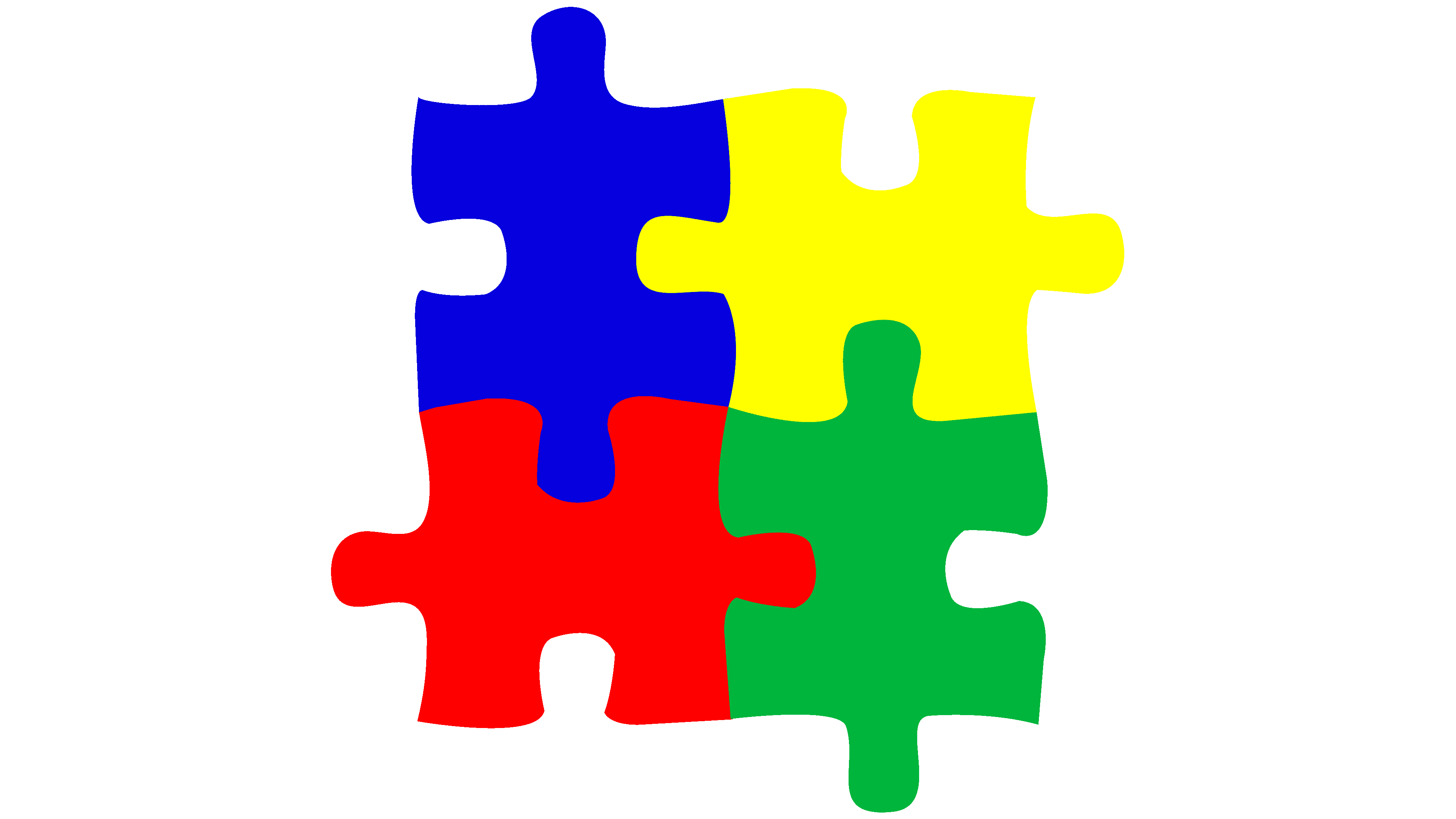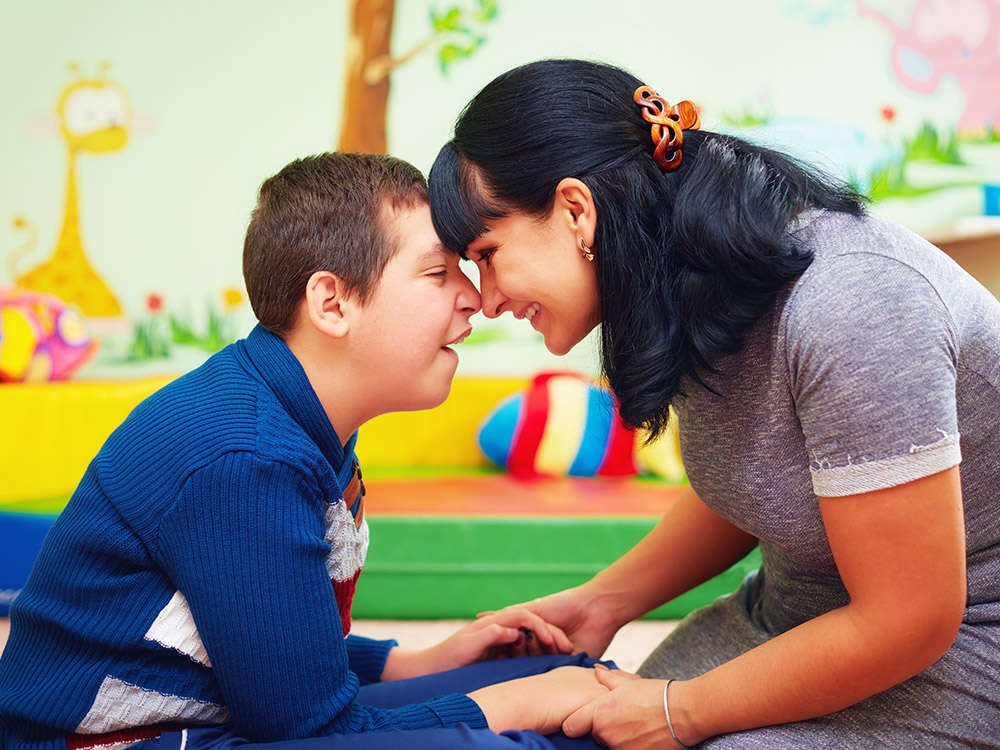How to Interact Efficiently with Enjoyed Ones on the Autism Spectrum
Wiki Article
Checking Out Autism: Techniques for Effective Interaction and Interaction
Reliable interaction and interaction with individuals on the autism spectrum necessitate a thorough understanding of their unique demands and preferences. Strategies such as employing clear language, making use of aesthetic supports, and fostering regular regimens can significantly enhance engagement and lower anxiousness. Moreover, recognizing the relevance of non-verbal cues and shared interests leads the way for purposeful links. The complexities of these strategies reveal additional factors to consider that warrant exploration, especially in how they can be adapted to specific experiences and varied contexts. What might these adaptations resemble in technique?Recognizing Autism Spectrum Problem
Autism Spectrum Problem (ASD) includes an array of neurodevelopmental conditions defined by challenges in social interaction, interaction, and repeated actions. The term "spectrum" shows the varied indications and differing degrees of seriousness experienced by individuals with ASD. While some might show considerable impairments, others might show high-functioning attributes, permitting greater independence in life.The beginning of ASD commonly happens in early childhood, with indications typically well-known by age 2. Very early signs might include delayed speech development, restricted eye get in touch with, and problems in understanding social hints. The exact etiology of ASD stays uncertain, study recommends a combination of hereditary and ecological elements plays a critical duty in its growth.
People with ASD typically have special strengths, such as increased attention to detail and extraordinary memory skills. Nonetheless, they may fight with recognizing abstract principles and handling changes to routine. As a result, interventions and assistance tailored to individual needs are crucial for promoting interaction and social abilities. Identifying the intricacy of ASD is crucial for promoting recognition, acceptance, and reliable methods that facilitate meaningful communications with people on the range.

Value of Clear Interaction
Reliable interaction is crucial for fostering understanding and connection, specifically for people with Autism Spectrum Problem (ASD) Clear communication not only facilitates social communications but also enhances the individual's capability to reveal their needs, feelings, and thoughts. For people with ASD, the nuances of language can often be challenging; consequently, using uncomplicated and unambiguous language is crucial.Furthermore, clear interaction helps in reducing irritation and stress and anxiety that may arise from misconceptions. When messages are communicated in a regular and direct fashion, people with ASD are much better equipped to translate info properly, which can significantly enhance their social interaction and participation in different setups.
Developing routines and utilizing aesthetic assistances can better bolster clear interaction. These strategies supply individuals with predictable frameworks that help understanding and retention of information. In addition, proactively paying attention and being patient throughout interactions promotes a supportive environment where people with ASD really feel valued and comprehended.
Eventually, focusing on clear interaction not just equips people with ASD but additionally cultivates even more significant connections with their peers, caretakers, and the bigger neighborhood, leading the way for inclusive interactions and collaborative relationships. - autism
Non-Verbal Interaction Strategies
Interaction extends past words, and for people with Autism Spectrum Disorder (ASD), non-verbal cues play a substantial duty in interactions. Non-verbal interaction methods can include faces, gestures, body movement, and eye call, every one of which work as important investigate this site components for conveying emotions and intentions.Understanding and interpreting these non-verbal signals can improve communications with people with ASD. As an example, a cozy smile or open pose can create an inviting environment, motivating engagement. Making use of visual help-- such as picture cards or signs-- can bridge interaction spaces and assist convey messages more efficiently.
It is additionally important to be mindful of individual room, as people with ASD may have different convenience degrees pertaining to closeness. Observing their responses to physical closeness can inform suitable changes.

Developing Supportive Environments
Creating a supportive setting is crucial for fostering positive interactions and enhancing the well-being of individuals with Autism Range Condition (ASD) Such environments can considerably minimize stress and anxiety and develop a feeling of safety, allowing people to express themselves a lot more easily.To accomplish this, it is important to take into consideration sensory sensitivities that people with ASD may experience. Modifying the physical space to include soft lighting, minimal history sound, and comfortable seating can develop a calming atmosphere. Furthermore, using constant regimens and clear aesthetic schedules can assist individuals anticipate changes and decrease unpredictability, more promoting convenience.
Social spaces ought to be structured to reduce frustrating stimulations while supplying opportunities for involvement in favored activities. Facilitating locations designated for silent time can additionally function as a sanctuary during minutes of tension. Importantly, integrating aspects of selection encourages individuals, enabling them to work out agency in their setting.

Motivating Social Communications
Fostering social communications amongst people with Autism Spectrum Problem (ASD) calls for willful strategies that prioritize comfort and engagement. Developing predictable regimens can help in reducing anxiousness, making social settings extra friendly. Developing structured settings visit with defined duties and roles permits people to involve without the overwhelming pressure of unstructured social characteristics.Incorporating interests and toughness into social tasks can function as a driver for communication. For instance, organizing team activities around shared leisure activities or subjects of attraction can promote natural conversations and links. Additionally, using aesthetic assistances, such as pictorial timetables or social manuscripts, can help in comprehending social signs and expectations.
Designing proper social behaviors is critical - autism. Grownups and peers should show efficient communication techniques, consisting of energetic listening and turn-taking. Role-playing circumstances can additionally provide a risk-free space for individuals to exercise these abilities
Lastly, cultivating peer connections via inclusive techniques is essential. Motivating inclusive playdates or group outings can create chances for socialization in a comfy setting. By applying these teachers, caregivers and strategies can significantly boost social interactions for people with ASD, promoting their general social growth and health.
Conclusion
In final thought, reliable interaction and interaction methods are necessary for sustaining individuals with Autism Spectrum Disorder. Emphasizing clear language, incorporating non-verbal hints, and establishing predictable regimens significantly improve involvement and minimize anxiety. Producing helpful atmospheres promotes secure social interactions, while encouraging shared rate of interests assists in purposeful links. Inevitably, these techniques equip individuals with autism to browse social landscapes, promoting their general health and allowing the growth of enduring connections.Efficient communication and interaction with individuals on the autism see this page spectrum demand a thorough understanding of their one-of-a-kind demands and preferences. Clear communication not only facilitates social interactions but additionally enhances the person's capability to express their feelings, thoughts, and demands.Fostering social interactions amongst people with Autism Range Condition (ASD) requires intentional techniques that focus on comfort and interaction. By carrying out these caregivers, teachers and methods can significantly boost social communications for individuals with ASD, advertising their overall social growth and health.
In verdict, efficient communication and interaction methods are important for sustaining people with Autism Spectrum Disorder.
Report this wiki page